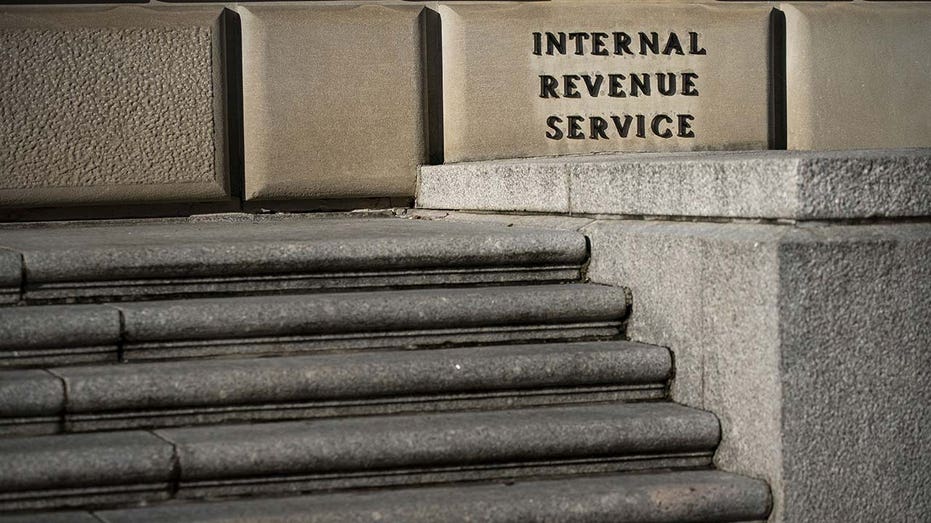
Rep. Darrell Issa, R-Ca., joined ‘Kennedy’ to discuss Democratic Sen. Joe Manchin saying the Inflation Reduction Act will not raise taxes on Americans earning less than $400,000.
The Internal Revenue Service is sending refunds to more than a million Americans who filed their taxes late in the early days of the COVID-19 pandemic – but time is running out for taxpayers to collect the money.
Nearly 1.6 million filers will automatically receive refunds or credits worth a collective $1.2 billion – an average of $750 per person.
There are just a few weeks left to qualify for the relief. In order to receive the money, Americans need to file their individual tax returns by Sept. 30, 2022.
Nearly 1.6 million taxpayers will automatically receive more than $1.2 billion in penalty relief from the #IRS. Learn more about this #COVID19 relief at: https://t.co/D79DkZ3G3i pic.twitter.com/0dAmOthiAW
— IRSnews (@IRSnews) September 11, 2022
Typically, the IRS charges individuals who file returns late without an extension a failure-to-file penalty – an extra 5% per month on the unpaid amount, which can add up to 25% of the tax due. But the tax-collecting agency is waiving that fee for many individuals and businesses who filed returns for 2019 and 2020 late.
“The penalty relief issued today is yet another way the agency is supporting people during this unprecedented time,” IRS Commissioner Chuck Rettig said in a statement last month. “This penalty relief will be automatic for people or businesses who qualify; there’s no need to call.”
Eligible tax returns include individual, corporate, estates and trusts, the IRS said. People who have been fined but who have not yet paid the penalty will see it eliminated, while individuals who already paid the late-file fee will get a refund or credit.
A majority of the refunds will be issued by the end of September, the agency said.
The announcement comes as the IRS continues to wade its way through a backlog of unprocessed tax returns. As of Aug. 12, the IRS still had 9.3 million unprocessed individual tax returns from 2022, including about 7.6 million paper returns.
The heap of unprocessed returns stemmed from pandemic-related disruptions, including a worker shortage, the herculean task of administering millions of stimulus checks, and adapting to other tax changes in the different COVID-19 relief packages, like boosted child tax credit payments.
The IRS has laid out a goal to reach “healthy” levels of inventory by the end of 2022.
If you are still waiting for your refund, you can track its status using the IRS’ Where’s My Refund tool.



